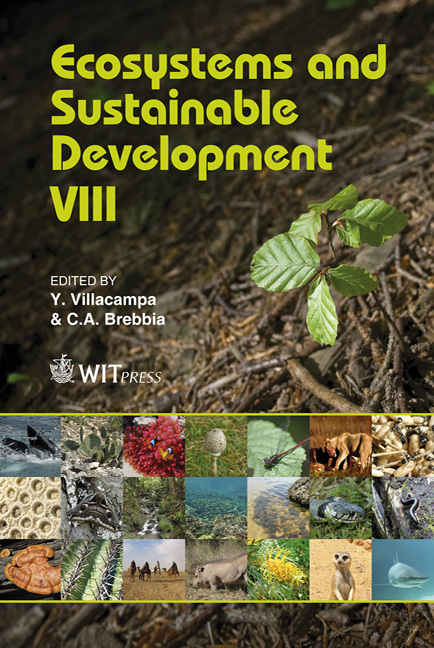Influence Of The Methods Of Estimation Of The Wind Velocity Distribution Parameters On The Accuracy Of Wind Energy Calculations
Price
Free (open access)
Transaction
Volume
144
Pages
11
Page Range
403 - 413
Published
2011
Size
2,592 kb
Paper DOI
10.2495/ECO110351
Copyright
WIT Press
Author(s)
T. Niedoba & B. Soliński
Abstract
Many parameters influence wind energy resources, as well as the amount of energy that can be produced by wind power plants. They are connected with wind and climatic conditions, the location of the power plant, as well as those associated with the power plant itself. The basic parameter of wind energy is the velocity of flowing air, whose variation is very high. As a result, permanent changes in power and wind energy amounts occur, which was shown in the paper on the basis of selected locations in Poland and Netherlands. The methodology of \“Wind Atlas”, elaborated by RISO in 1989 and being currently the world standard, is used to evaluate wind energy resources. In this methodology, the Weibull distribution function is applied to describe the distribution of wind velocity, whose parameters are calculated on the basis of empiric data, with the moments method as the method of approximation. This is, however, a possible source of errors, which are then included in the produced amount of energy. It is crucial, then, to apply the proper approximation methods and to know the possible occurring errors. The measurement of the wind velocity should be very precise, because even a small error like 5% in evaluation of wind velocity produces about a 16% miscalculation in the forecasting of the total amount of energy produced. Three methods of Weibull distribution function approximation for wind velocity were presented in the paper: the least square method, the maximum likelihood method and the moments method. The given results were verified and
Keywords
wind velocity, Weibull distribution function, approximation methods, wind energy





